In this next leg of our trip, we read Coming Through Slaughter by Michael Ondaatje and explored the magnificent music scene of New Orleans. As a Communication major and Music Industry minor, I spend so much of my time exploring media forms (especially music) and the roles they play in our society. So of course, this was the part of our Maymester that I was looking forward to the most.
My entire perspective on music changed during the first semester of my freshman year at USC after taking COMM 307: Sound Clash: Popular Music and American Culture with Professor Josh Kun. Our studies were centered around Blues People by Leroi Jones, a book that explored the evolution of music in America. Jones asserted that all music, every single genre in the US, could be traced back to the slave trade. Music started out as a way for enslaved people to communicate with each other in the fields without overseers or masters knowing what was being said, and at the very core of this was the concept of call and response. You can see it in the gospel music of African American churches today. Music was one of the main tools that brought enslaved people together. In New Orleans, groups of enslaved people would gather in Congo Square on Sundays and play music. That is where jazz was born. Additionally, music was how Black people expressed their feelings about life, race, and inequality in society. The issue was that White people would oftentimes move into these spaces and take away from Black voices. Black musicians would then react to this by creating new genres of music and formulating a fresh sound. According to Leroi Jones, that’s how jazz turned into swing, which then turned into bebop. And if you keep tracing the genres of music that have popped up in America, you can probably draw a line from the music created on plantations to the hip-hop, rock, R&B, country, and pop music that we hear on the radio today.
“The blues was conceived by freedmen and ex-slaves—if not as the result of a personal or intellectual experience, at least as an emotional confirmation of, and reaction to, the way in which most Negroes were still forced to exist in the United States.”
While visiting New Orleans, I was able to see so many of the concepts Leroi Jones and Professor Kun described through first-hand experiences with music and through Ondaatje’s description of Buddy Bolden’s life. Music is a form of community. It brings people together and gives them something to share and bond over. This aspect of music is what drew me to the industry in the first place. There is nothing better than the feeling of being in an audience, hearing thousands of people scream the lyrics to a song, because it resonated with each and every one of us in some way even if we all lead completely different lives. You could see this both in the jazz band performance we saw at Preservation Hall and the second line parade we observed featuring the Money Wasters Social Aid & Pleasure Club and the Dignified Achievable Men Social & Pleasure Club.
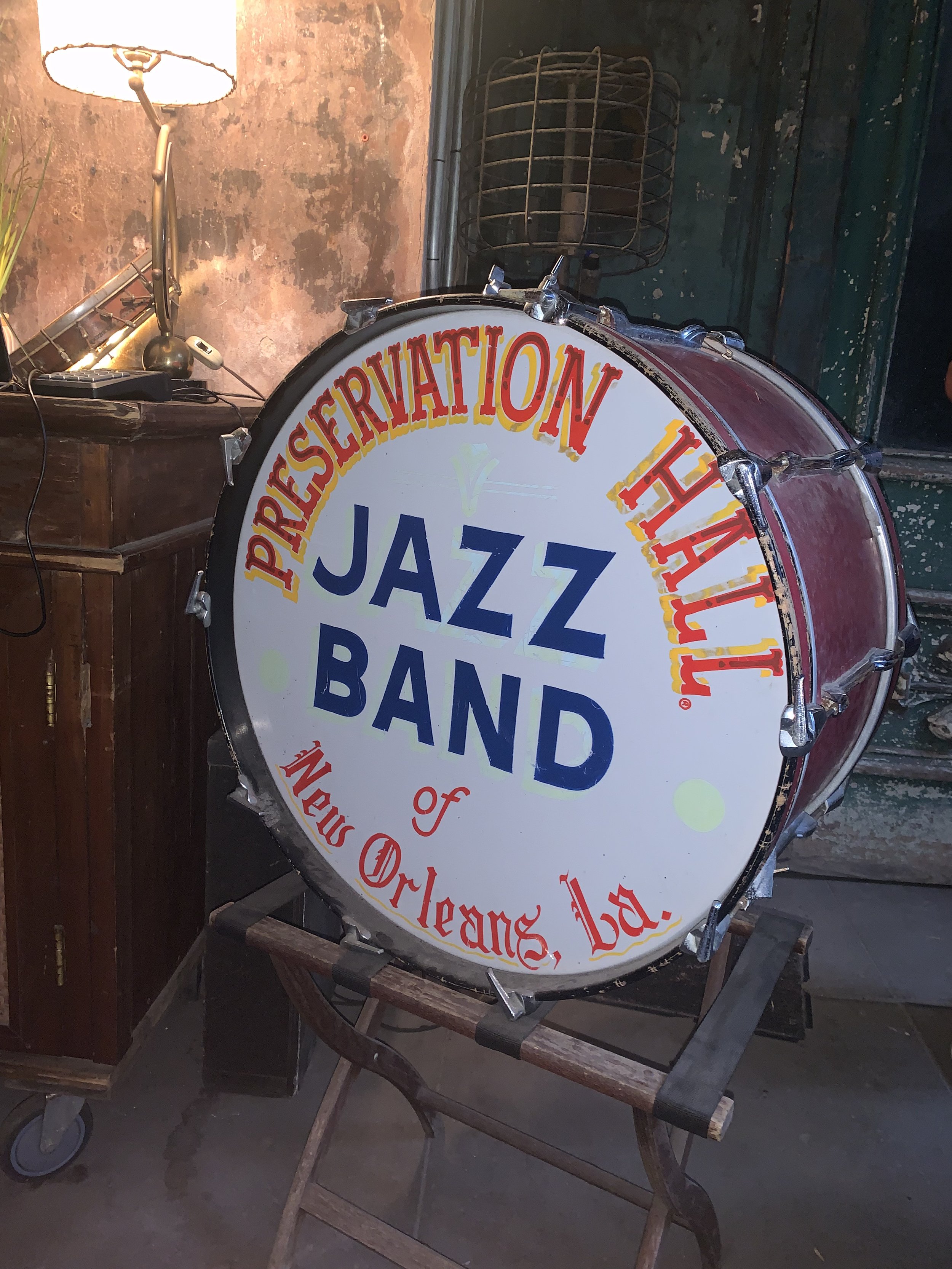
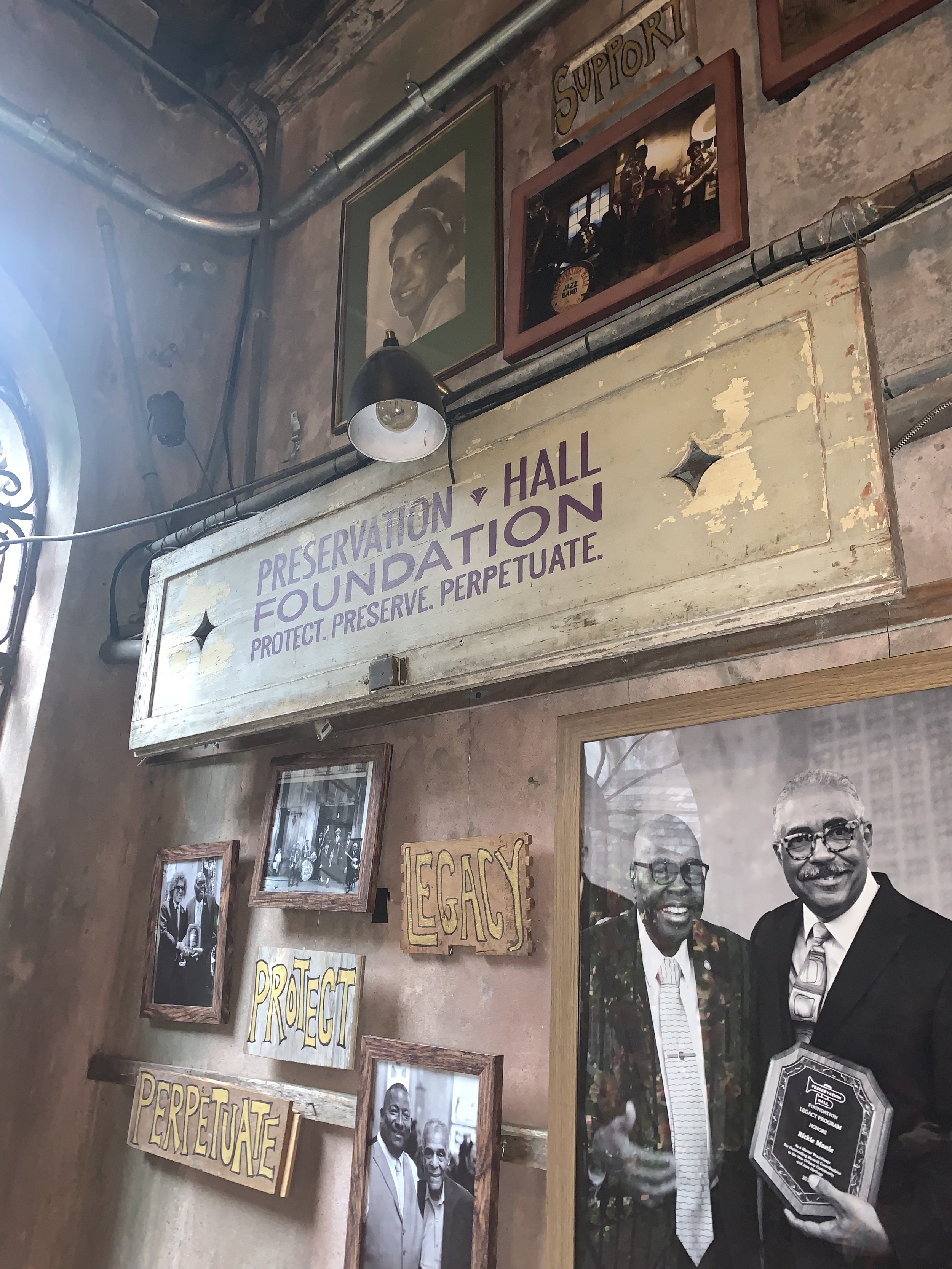
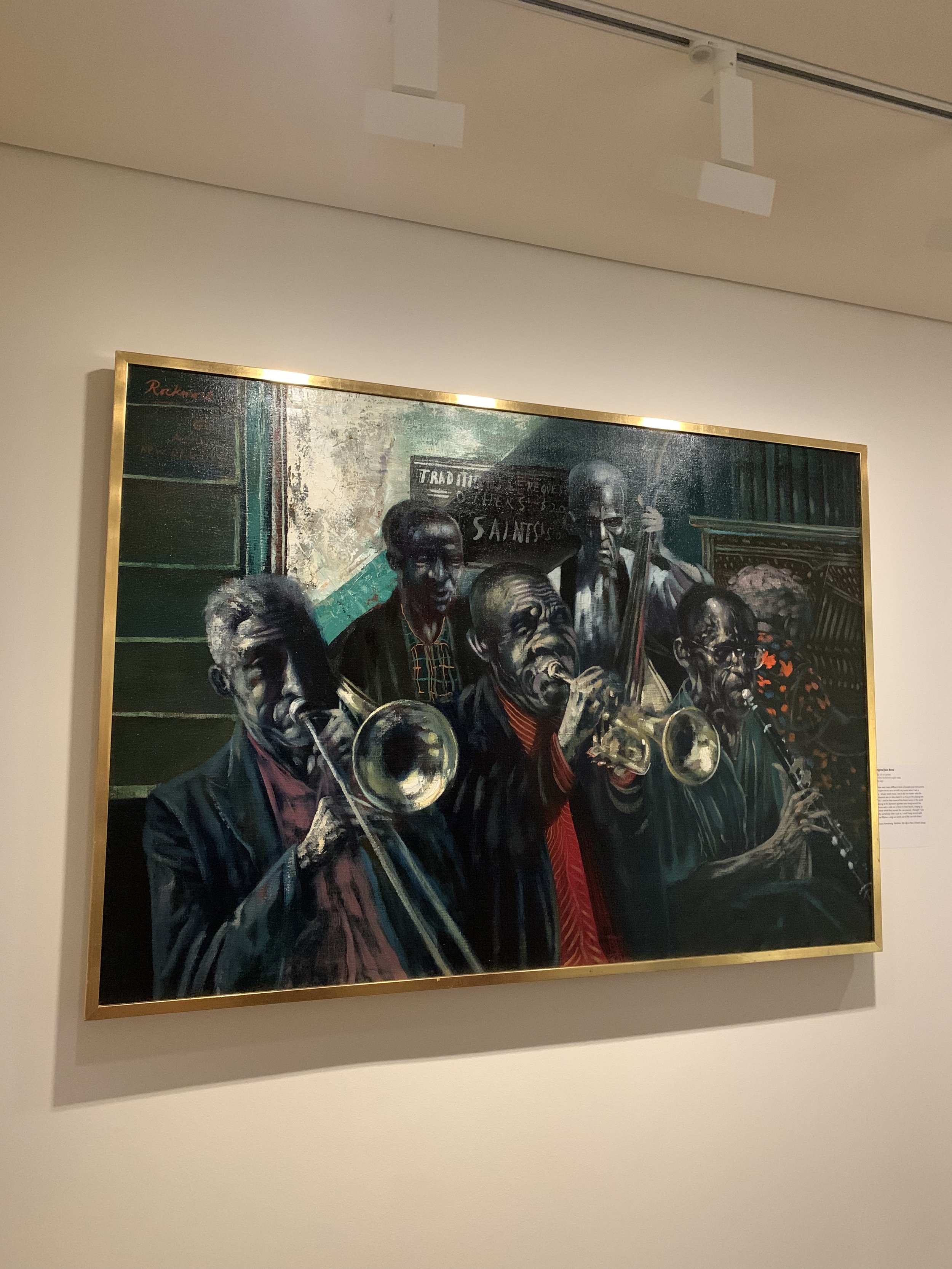
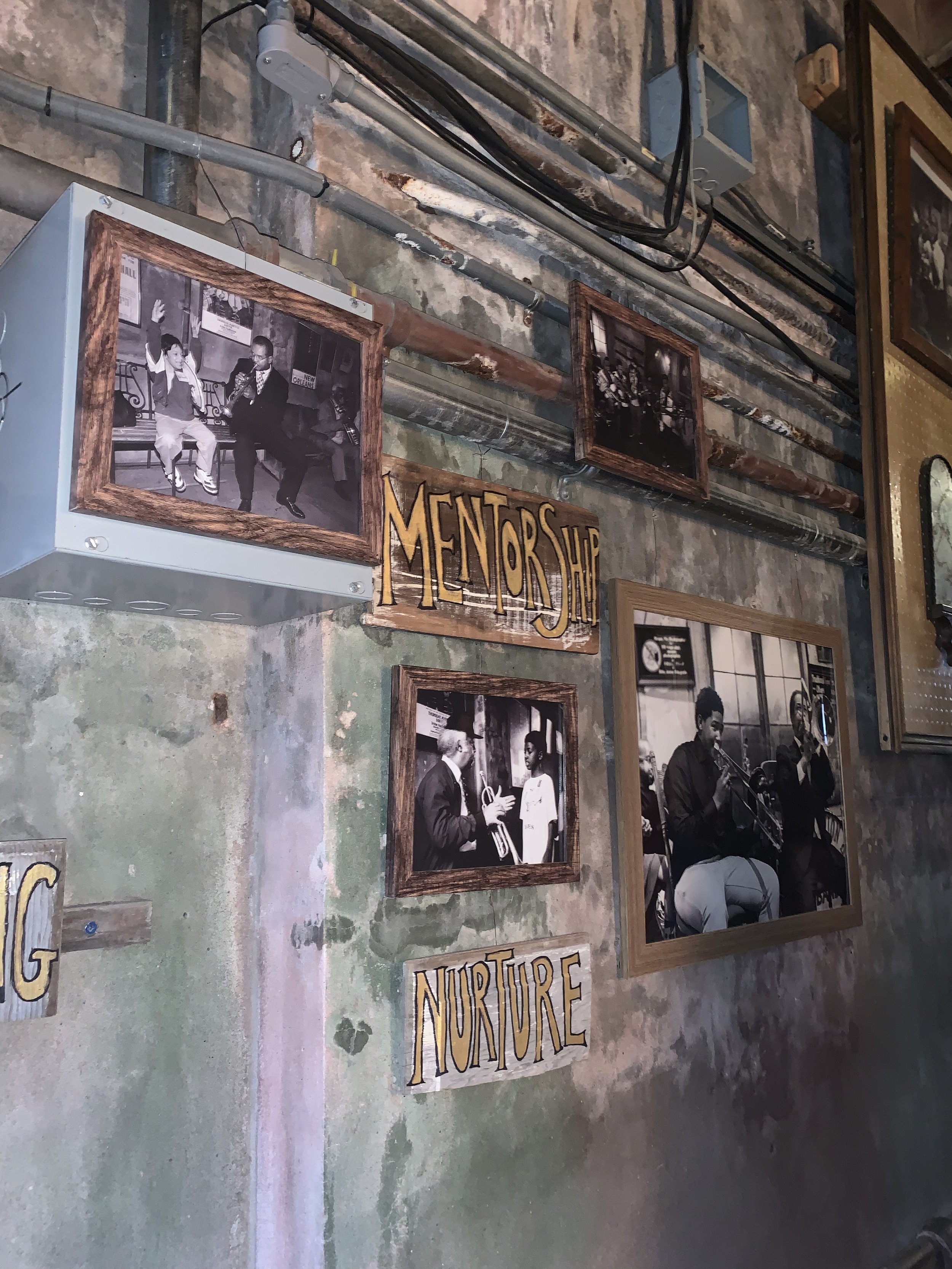
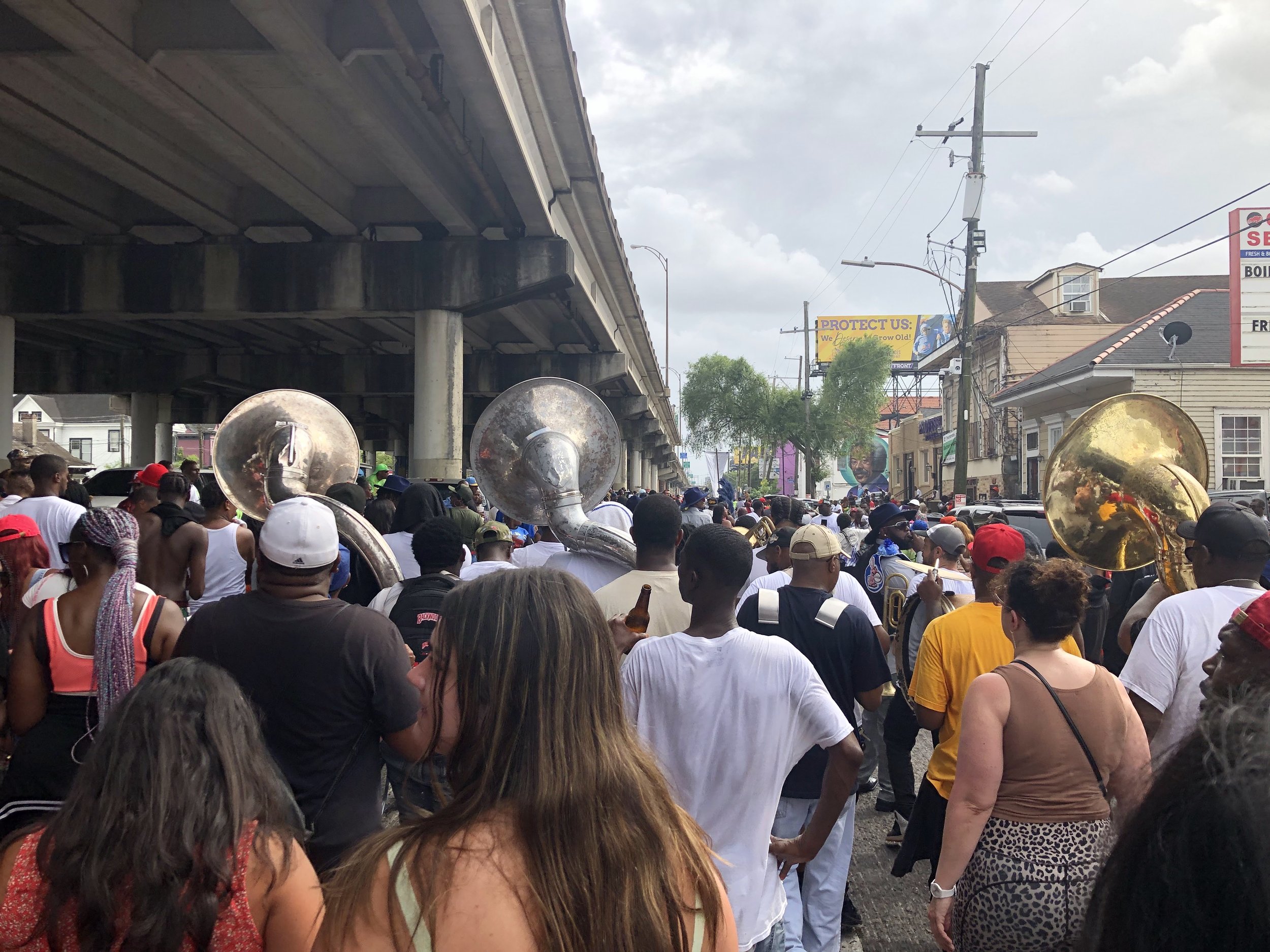
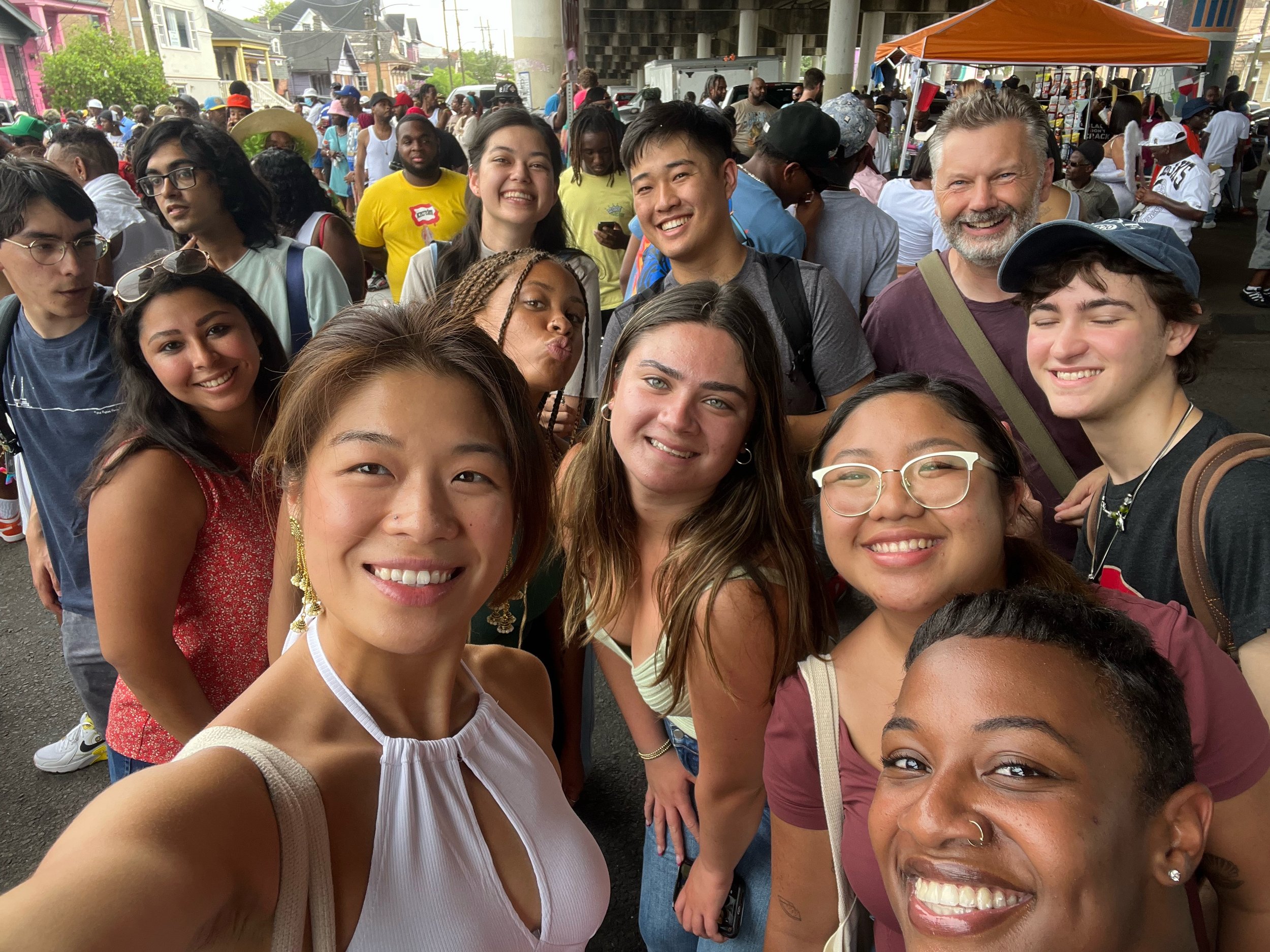
Particularly, the second line parade was an exhibition of music’s ability to draw people together like no other. Energy buzzed through the crowd. There were hundreds of people following the band and the floats. People danced through the streets and on rooftops. Food and drinks were being sold. Even a group like ours, which stood out like a sore thumb in the crowd, was welcomed with open arms. Members of the community urged us to dance, and one man even told us we were all family now. I have never experienced anything like that in my entire life, and it reinforced how powerful music can be. Outside of all the fun that comes along with second line parades, I think it holds a much deeper meaning in the Black communities of New Orleans. I’m sure a lot of the significance and meaning is lost to me as someone who cannot identify with and understand the Black experience in America. I can see what an integral role music plays in their lives and try to empathize, but I will never truly be able to get it because I have not had to endure the atrocities this country has imparted on Black people. That being said, what I did seem to notice was that second line parades and other musical events are this community’s way of coming together, lifting each other up, and showing the people and institutions that want to oppress them that they won’t be silenced. Music is part of their voice.
Mural featuring Buddy Bolden taken from Google. The mural was destroyed by Hurricane Ida, so we were unable to see it ourselves.
This recognition of music’s significance in New Orleans and the Black community makes Buddy Bolden’s story all the more tragic. In his role as one of jazz’s greatest musicians, he found a lifestyle and community. Unfortunately for him, I think the creativity and fame got to his head. I find it a bit sad and haunting that Buddy’s final fall from grace occurred during a second line parade. This was a place in which Buddy had always excelled. Second line parades were where he first made his mark on the jazz world of New Orleans, randomly joining the bands until people started to expect his appearance. Knowing this about Buddy’s career, it feels like a circle truly closed when he had his mental break. But I think the worst part of Buddy’s story is the way he was placed into an insane asylum and kept there until his death. He spent 24 years locked up there. He never played music again, and according to Ondaatje’s telling of the story, he slowly stopped speaking too. He just touched things. I find this interesting for two reasons. First, it’s almost like putting Buddy in that insane asylum silenced him. He literally stopped talking, but knowing that music is a form of communication, he really lost his voice in two ways. Second, his fixation on touch is quite fitting because touch was required to play his cornet. He had to use his fingers.
“He does nothing, nothing at all. Never speaks, goes around touching things.”
I remember a point earlier in the book when he’s laying with Robin, and she feels his fingers “pressing the flesh on her back as though he were plunging them into a cornet”. In that moment, she thought he was acting mindlessly, but in reality, he was “improving on Cakewalking Babies.” Was that what Buddy was doing all those years in the insane asylum? It’s like he was trying to say something but couldn’t. He was trying to find his way back to his voice and mind.
If you didn’t realize it before, I hope you can now see how empowering music is. And if you still disagree, I dare you to take a visit to New Orleans and witness all that music can do and represent with your own eyes and ears.



